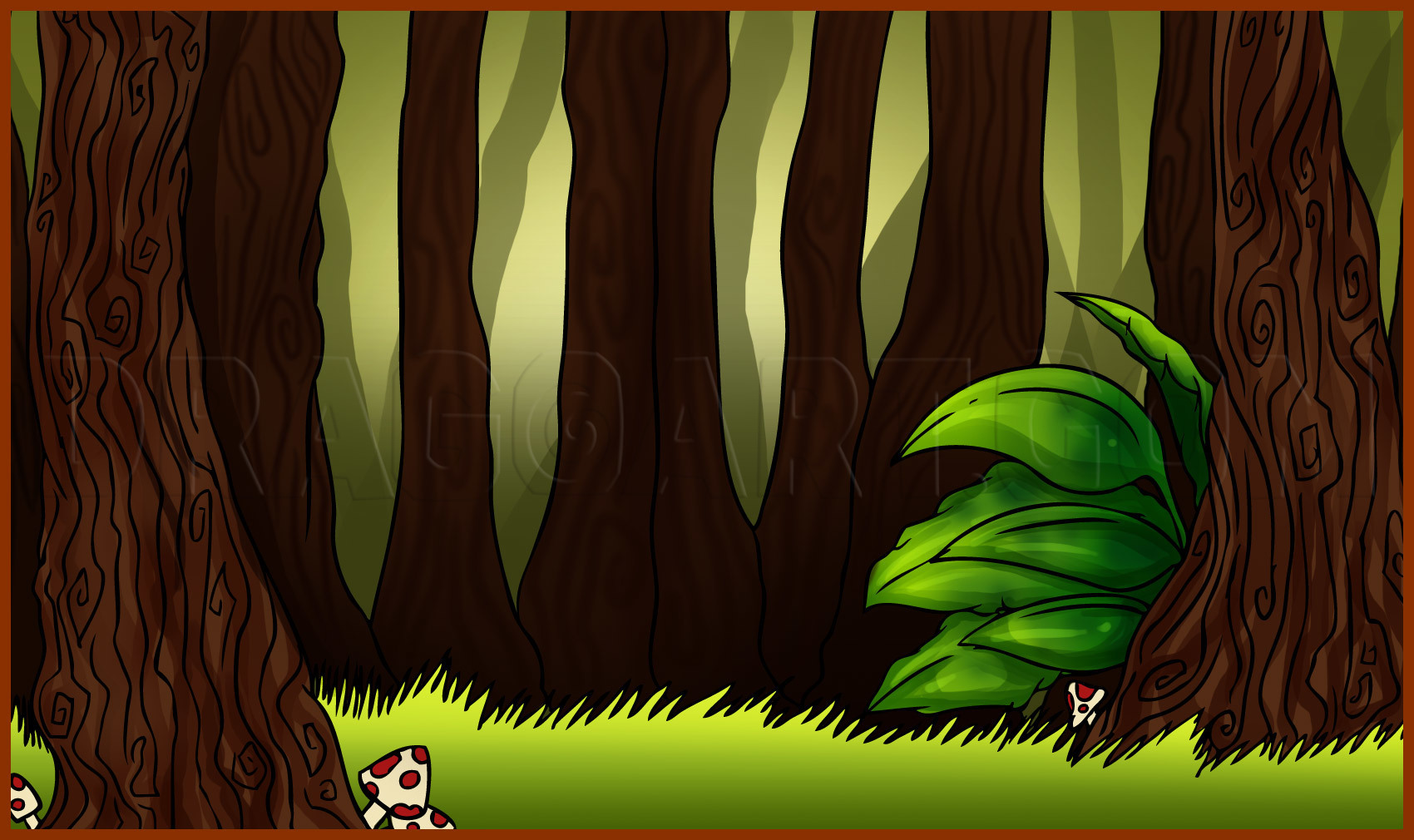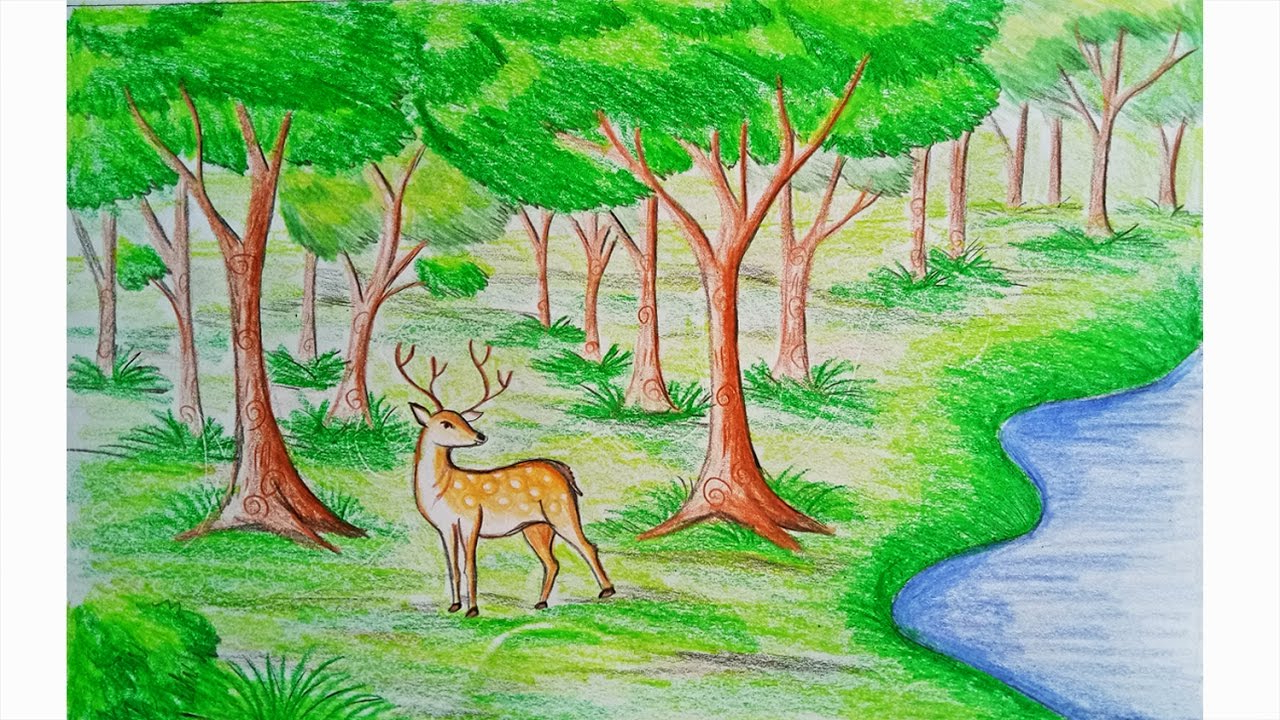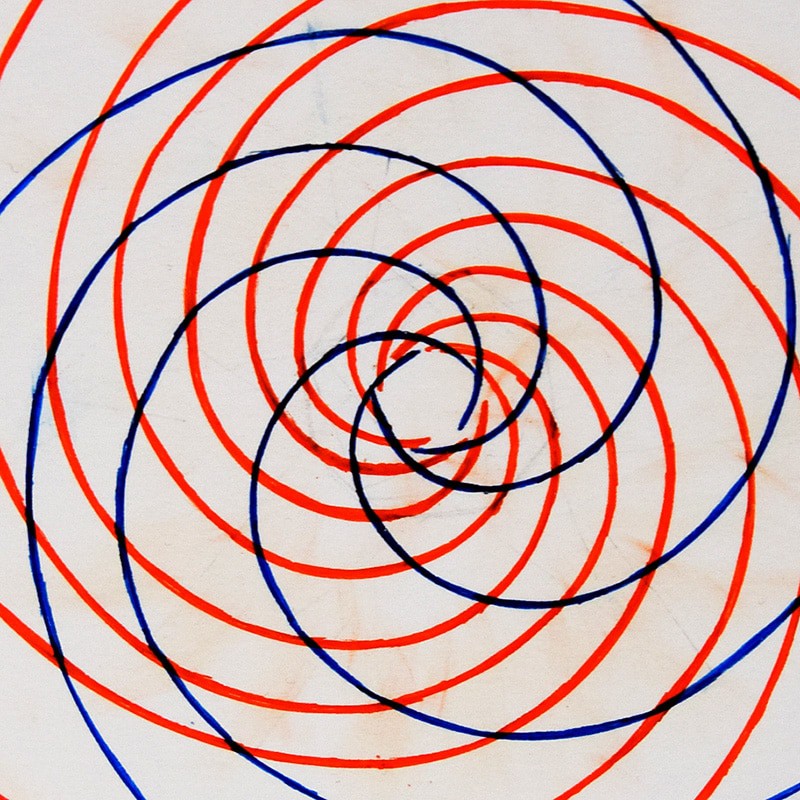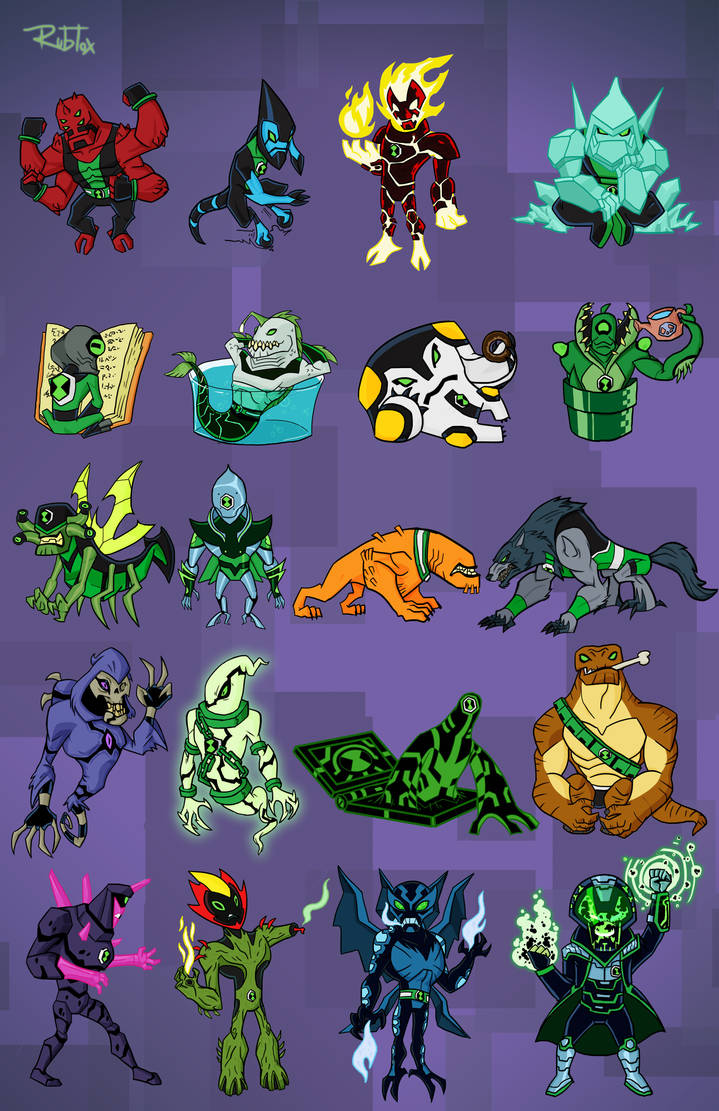Forest scene drawing draw easy jungle step simple very drawings nature ecosystem landscape deer animals kids life forests painting sea
Table of Contents
Table of Contents
Have you ever wanted to draw a forest but didn’t know where to start? Drawing a forest can seem overwhelming, with all the trees, foliage, and landscapes to capture. But fear not, with the right techniques and tips, you too can learn how to draw a beautiful forest.
When it comes to drawing a forest, some common pain points include getting the proportions right, capturing the details of each tree, and blending colors effectively. It can also be challenging to make the forest look realistic and three-dimensional.
The key to drawing a forest is to take it one step at a time. Start by sketching out the basic shape of the forest, then add in the details and textures of each tree and plant. Don’t worry about making it look perfect right away; it’s all about building up the layers and gradually adding in more detail.
In summary, drawing a forest requires patience and practice. Start with the basics, focus on the details, and don’t be afraid to make mistakes. By following these tips and techniques, you’ll be able to draw a beautiful and realistic forest in no time.
How to Draw a Forest Step by Step
When I first started drawing forests, I struggled with getting the proportions right and making everything look too flat. But with practice and experimentation, I found a step-by-step approach that works for me.
First, start by sketching out the basic shape of the forest. This can be in the form of simple shapes, such as circles or ovals, to indicate the location and size of the trees. Next, add in the trunk and branches of each tree, working on one tree at a time.
 Once you have the basic shapes and details of the trees, start adding in foliage and details, such as leaves, bark, and other vegetation. This is where you can really start to add depth and dimension to your forest, building up and layering each element on top of each other.
Once you have the basic shapes and details of the trees, start adding in foliage and details, such as leaves, bark, and other vegetation. This is where you can really start to add depth and dimension to your forest, building up and layering each element on top of each other.
Tips for Blending Colors
When it comes to blending colors, it can be easy to fall into the trap of using too many colors or not blending them effectively. To avoid this, try focusing on a limited color palette and using shading and blending techniques to create depth and texture.
 One tip is to use a blending tool or your finger to blend colors together, creating a smooth transition between colors. You can also use a lighter color to blend two darker colors together, or vice versa. Play around with different techniques to see what works best for you and the effect you’re trying to achieve.
One tip is to use a blending tool or your finger to blend colors together, creating a smooth transition between colors. You can also use a lighter color to blend two darker colors together, or vice versa. Play around with different techniques to see what works best for you and the effect you’re trying to achieve.
Adding Texture and Details
When it comes to adding texture and details to your forest, there are a few things to keep in mind. First, observe the textures and details in real-life forests, such as the way bark is rough and uneven or the way leaves overlap each other.
 Next, experiment with different tools and techniques to create texture and depth. For example, you can use a fine-tipped pen to add details to individual leaves or use a toothbrush to add splatter and texture to the foliage.
Next, experiment with different tools and techniques to create texture and depth. For example, you can use a fine-tipped pen to add details to individual leaves or use a toothbrush to add splatter and texture to the foliage.
Troubleshooting Common Mistakes
As with any type of drawing, it’s inevitable that you’ll make some mistakes along the way. One common mistake when drawing forests is over-detailing or using too many colors, which can make the drawing look cluttered or unrealistic.
 To avoid this, try to keep a limited color palette and focus on the overall composition and balance of the drawing. It can also be helpful to step back and take breaks periodically, allowing you to view the drawing with fresh eyes and identify areas that need improvement.
To avoid this, try to keep a limited color palette and focus on the overall composition and balance of the drawing. It can also be helpful to step back and take breaks periodically, allowing you to view the drawing with fresh eyes and identify areas that need improvement.
Question and Answer
Q: What types of trees are typically found in a forest?
A: Some common types of trees found in forests include oak, maple, pine, and birch.
Q: How can I add depth to my forest drawing?
A: You can add depth to your drawing by using shading and blending techniques and observing how elements in real-life forests overlap and interact with each other.
Q: How do I make my forest drawing look more realistic?
A: To make your drawing look more realistic, observe the details and textures in real-life forests and experiment with different tools and techniques to create texture and depth.
Q: How long does it take to draw a forest?
A: The time it takes to draw a forest can vary depending on the level of detail and complexity. It could take anywhere from a few hours to a few days.
Conclusion of How to Draw a Forest
Drawing a forest can be a challenging but rewarding experience. With the right techniques and tips, you can create a beautiful and realistic forest that captures the natural beauty and complexity of these landscapes. Remember to take it one step at a time, focus on the details, and don’t be afraid to experiment and make mistakes along the way. Happy drawing!
Gallery
How To Draw Forest Scene Step By Step (very Easy) || Art Video - YouTube

Photo Credit by: bing.com / forest scene drawing draw easy jungle step simple very drawings nature ecosystem landscape deer animals kids life forests painting sea
How To Draw A Forest, Step By Step, Drawing Guide, By Dawn - DragoArt

Photo Credit by: bing.com / forest draw cartoon scene drawing drawings dragoart monsters jungle forests google environment game gap landscape mind search tutorial play
How To Draw A Cartoon Forest In A Few Easy Steps: Drawing Tutorial For

Photo Credit by: bing.com / forest draw cartoon drawing easy kids drawings steps few step tutorial beginners easydrawingguides guides animals pencil featured choose board
How To Draw A Forest (video) | Forest Drawing, Landscape Drawings

Photo Credit by: bing.com / johnmuirlaws
Easy Forest Drawing At GetDrawings | Free Download

Photo Credit by: bing.com / forest drawing animals easy simple drawings draw scene step getdrawings paintingvalley wild





